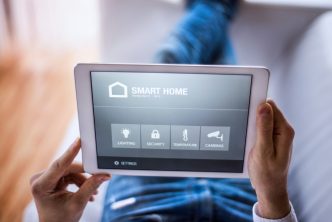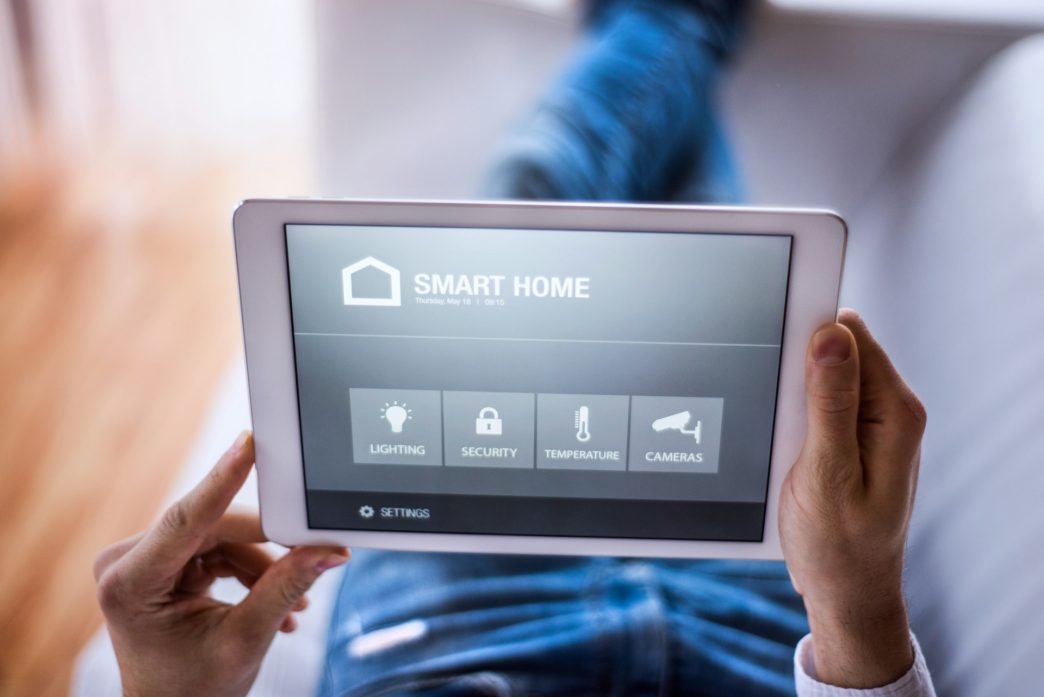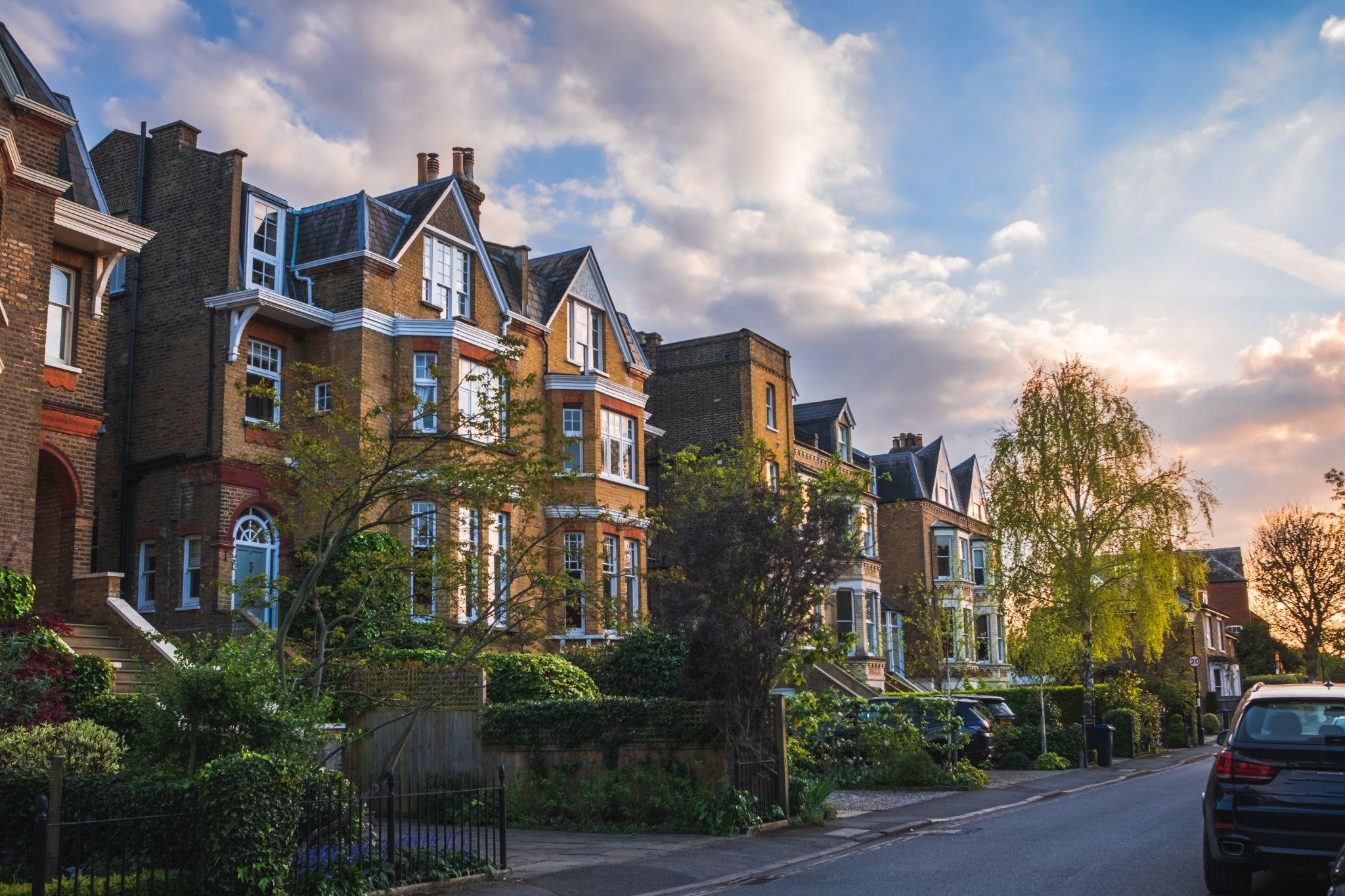As the UK moves towards a more sustainable future, homeowners are becoming increasingly aware of the need to reduce unnecessary electricity consumption. From lighting left on in empty rooms to outdated switches that rely on memory rather than automation, small inefficiencies add up, both financially and environmentally. One of the most effective innovations transforming this landscape is the introduction of wireless switches and smart lighting systems, which enable households to take greater control over their energy consumption.
Smarter Homes for a Smarter Planet
Lighting and appliances account for nearly 40% of a typical UK household’s electricity usage, according to the government’s Energy Consumption in the UK 2024 report. Yet, much of this is wasted energy — the result of human error. It’s all too easy to forget to turn off a bathroom light or leave the hallway illuminated all night.
The Energy Saving Trust estimates that the average household wastes between £60 and £80 each year on lighting that’s left on unnecessarily. Across Britain’s 29 million homes, that adds up to more than £2 billion of wasted electricity annually.
Wireless and smart lighting systems tackle this issue head-on. Using automation, sensors, and remote control via smartphone apps or voice commands, these systems ensure lights are only used when needed. They don’t just add convenience — they bring measurable efficiency.
What Makes Wireless Switches So Effective?
Unlike traditional wired switches, wireless switches use radio frequency or Wi-Fi to control lighting and appliances. They’re easy to install, don’t require major rewiring, and can be fitted into existing homes without disruption. But their real benefit lies in their intelligence.
When paired with motion sensors, daylight detectors, or timers, these systems can automatically adjust lighting based on occupancy and natural light levels. They can even learn usage habits over time, optimising energy use without the homeowner lifting a finger.
Remote control features also allow lights to be turned off from anywhere — whether you’ve just left for work or gone on holiday — meaning you’ll never waste power accidentally again.
How Much Energy Could You Really Save?
Switching to wireless or smart lighting can make a real difference to a household’s energy use — and the savings soon add up. Here’s how much energy each room could save with smarter lighting control.
Living Room
In most homes, the living room has several bulbs running for long periods. With three bulbs using around 180 watts for five hours a day, the total quickly mounts up. By introducing smart lighting that automatically switches off or dims when not needed, usage can drop to three hours a day — saving roughly 131 kWh of energy each year, or about £27.
Kitchen
The kitchen is often one of the busiest rooms in the house. Traditional lighting here might stay on for six hours a day at 200 watts, but smart lighting systems can reduce this to four hours by detecting occupancy or using preset schedules. That’s another 146 kWh saved per year, equal to around £30.
Hallway
The hallway is one of the biggest sources of unnecessary energy waste, with lights frequently left on throughout the day or night. Installing motion sensors can reduce lighting time from eight hours to just two hours daily, cutting usage by 219 kWh a year and saving roughly £45.
Bedroom
In the bedroom, smart dimming and auto-off features can halve typical use from six to three hours a day at around 120 watts. This translates to an additional 131 kWh saved annually, or approximately £27 off the electricity bill.
Bathroom
Even in smaller spaces, such as the bathroom, savings add up. Replacing a traditional switch with a wireless motion sensor can reduce lighting time from four hours to two hours a day, saving approximately 58 kWh per year, or around £12.
Total Household Savings
Altogether, these simple upgrades can help a typical three-bedroom UK home save around 685 kWh of electricity per year — roughly £140 in annual savings, based on the average UK electricity tariff of £0.21 per kWh.
Beyond the financial benefits, these energy reductions also prevent around 500 kilograms of CO₂ emissions every year, helping households play their part in the UK’s journey towards net zero.
A Lifestyle Upgrade with Long-Term Impact
The appeal of smart lighting extends far beyond energy savings. For many, it’s about convenience and comfort. Imagine dimming the lights with a simple voice command or having them adjust automatically as the evening sets in. For older homeowners or those with mobility issues, wireless switches offer accessibility benefits as well, eliminating the need to reach for traditional wall switches.
Smart systems can also enhance security, allowing lights to be scheduled while away from home, giving the impression that the house is occupied. When integrated with solar panels or battery storage, they can even adapt to changes in renewable energy availability, helping homeowners maximise the benefits of self-generated power.
Looking Ahead: A Smarter, Greener Britain
As the UK government continues to support the transition to cleaner energy through initiatives such as the Smart Systems and Flexibility Plan, the adoption of intelligent home technologies is expected to accelerate. Industry forecasts suggest that by 2030, more than 70% of UK households will own at least one smart energy-saving device. Collectively, these measures could reduce national electricity demand by up to 10%, equivalent to powering around three million homes annually.












